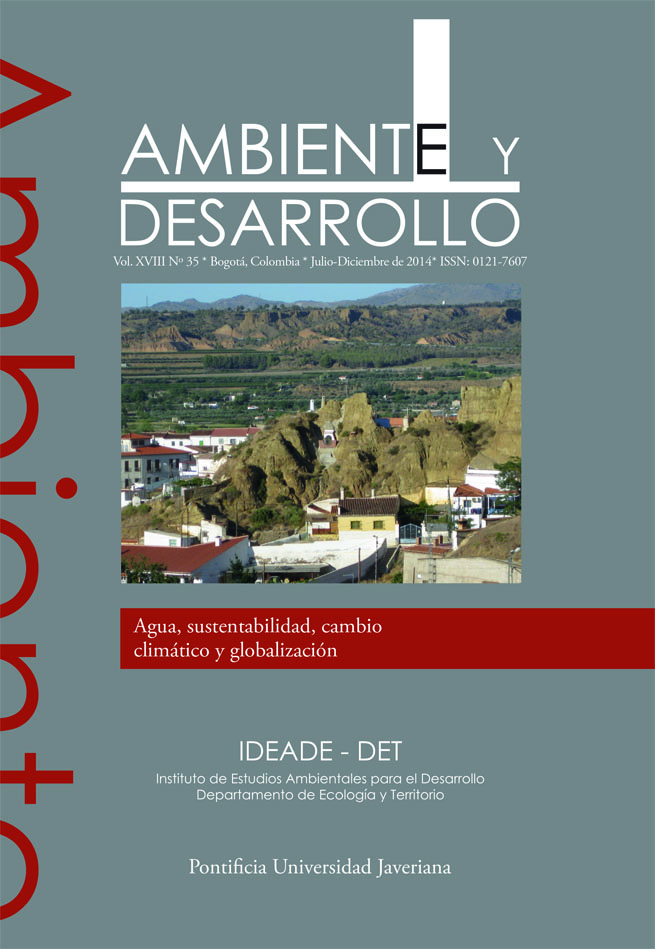Abstract
El lago de Chapala es una de las riquezas ambientales, naturales, sociales y culturalesde Jalisco y México. Los pueblos ribereños, de pescadores y campesinos construyeronuna cultura lacustre local hasta el siglo xix, mediante el uso de los recursos de formasustentable para el autoabastecimiento y venta local-regional de los productosdel lago. El siglo xx trajo transformaciones en las comunicaciones terrestres queimpulsaron la economía y las transportaciones interestatales, ocasionando entreotros impactos la sobreutilización del lago y de sus recursos. Para la segunda décadadel siglo xxi, la economía global ha permeado aún más las condiciones del lago, através de nuevos actores sociales, económicos y políticos, así como de una políticapública que ha causado mayor disminución y contaminación del lago, y tambiénde los habitantes ribereños tradicionales.Ambiente y Desarrollo is registered under a Creative Commons Attribution 4.0 International Public License. Thus, this work may be reproduced, distributed, and publicly shared in digital format, as long as the names of the authors and Pontificia Universidad Javeriana are acknowledged. Others are allowed to quote, adapt, transform, auto-archive, republish, and create based on this material, for any purpose (even commercial ones), provided the authorship is duly acknowledged, a link to the original work is provided, and it is specified if changes have been made. Pontificia Universidad Javeriana does not hold the rights of published works and the authors are solely responsible for the contents of their works; they keep the moral, intellectual, privacy, and publicity rights.
Approving the intervention of the work (review, copy-editing, translation, layout) and the following outreach, are granted through an use license and not through an assignment of rights. This means the journal and Pontificia Universidad Javeriana cannot be held responsible for any ethical malpractice by the authors. As a consequence of the protection granted by the use license, the journal is not required to publish recantations or modify information already published, unless the errata stems from the editorial management process. Publishing contents in this journal does not generate royalties for contributors.


